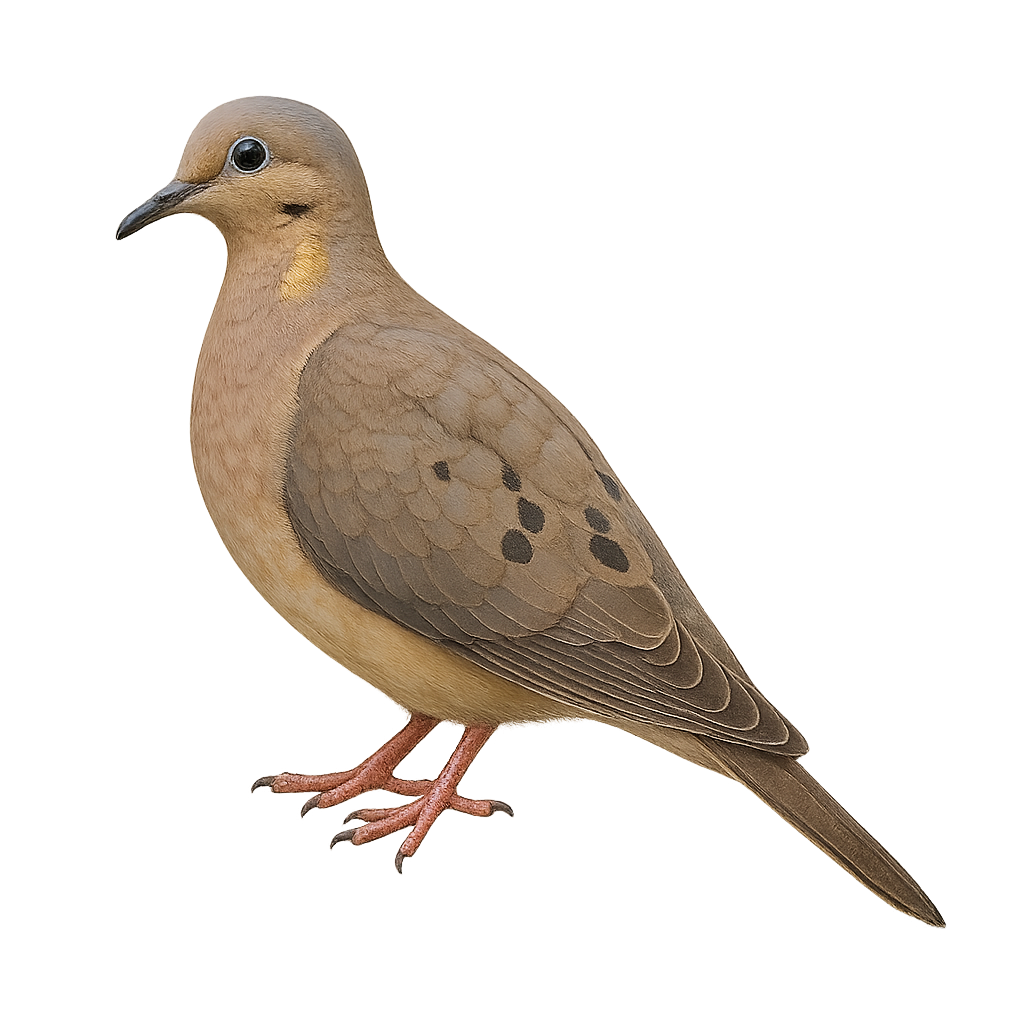Your wildlife photography guide.
Explore the eared dove in detail, study its behavior, prepare your shots.
Where to observe and photograph the eared dove in the wild
Learn where and when to spot the eared dove in the wild, how to identify the species based on distinctive features, and what natural environments it inhabits. The WildlifePhotographer app offers tailored photography tips that reflect the eared dove’s behavior, helping you capture better wildlife images. Explore the full species profile for key information including description, habitat, active periods, and approach techniques.
Eared Dove
Scientific name: Zenaida auriculata

IUCN Status: Least Concern
Family: COLUMBIDAE
Group: Birds
Sensitivity to human approach: Suspicious
Minimum approach distance: 10 m
Courtship display: September to November
Incubation: 13-15 jours
Hatchings: September to December
Habitat:
Savannas, agricultural areas, open forests
Activity period :
Primarily active during the day, with peak activity in the morning and late afternoon.
Identification and description:
The Eared Dove, Zenaida auriculata, is a medium-sized bird, measuring about 24 cm in length. It has light brown plumage with pinkish hues on the chest and distinctive black spots behind the eyes. The wings are adorned with black and white bands visible in flight. This bird is widespread in South America, inhabiting various environments such as savannas, agricultural areas, and open forests. The Eared Dove is known for its soft, melodious song, often heard at dawn and dusk. It primarily feeds on seeds and small fruits found on the ground.
Recommended lens:
400 mm – adjust based on distance, desired framing (portrait or habitat), and approach conditions.
Photography tips:
To photograph the Eared Dove, it is advisable to use a telephoto lens of at least 400mm to capture detailed images without disturbing the bird. Look for areas where it feeds or rests, such as open fields or forest edges. Be patient and discreet, camouflaging yourself if possible to avoid scaring it away. Morning or late afternoon light is ideal for capturing shots with beautiful color tones.
The WildlifePhotographer App is coming soon!
Be the first to explore the best nature spots, track rutting seasons, log your observations, and observe more wildlife.
Already 1 432 wildlife lovers subscribed worldwide

